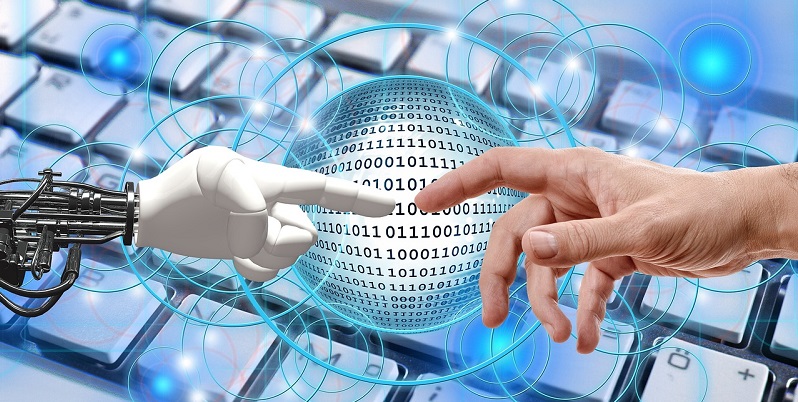
Anubhav is a high school student who spends few hours in front of a screen, listening to lectures, watching educational videos, taking online tests, and connecting with his classmates and teachers. His parents are not sure if they should ignore this engagement or stop him from long online interactions. It makes it all the more difficult to take a stand as he is doing reasonably well at school. The indulgence of the youth with technology is a common scenario in many families.The field of educatio...
SUBMIT REVIEW
Please email us: editor.rajagirimedia@gmail.com
USER REVIEWS